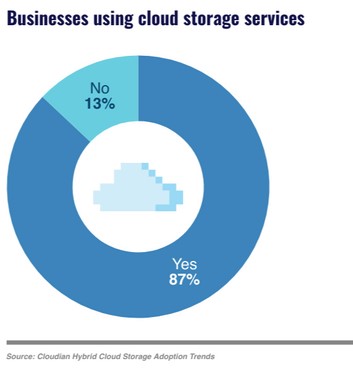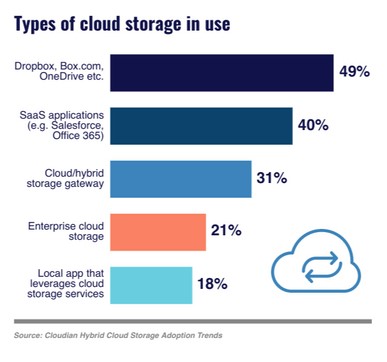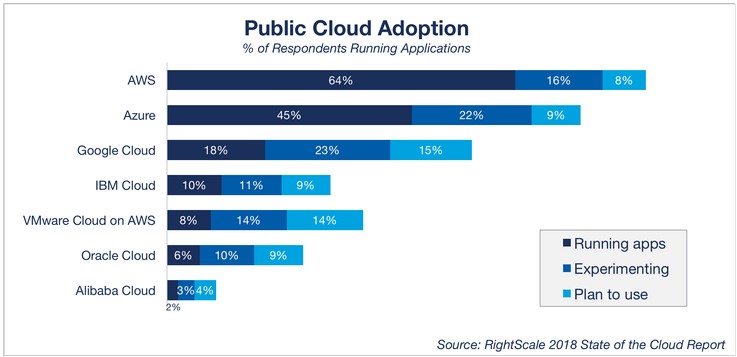The complexity of the Multi-Cloud: A productive or counter-productive business model?

It is evident that many companies are switching to the Cloud at a very rapid rate. This is due to the tremendous benefits it brings to a company including cutting costs. It is depending on the industry and sector that the corporation operates that will determine whether a multi-cloud would be more suitable. However, we should explore further some of the drawbacks that multi-cloud might bring in order to analyze whether you should move your business to a multi-cloud business model.

It is known that duplication and fragmentation of data might happen, this means services and skills can create higher cost operation for both storage and data transfer. This is partly due to the type of environments multi-cloud’s operate that make it hard to track which application are running, where your data it and breakdown of daily costs.
Even though, technically, multi-cloud business model reduces costs and makes the supply chain more convenient to manage, the specific tracing of the cost cutting characteristics are still slightly vague especially during the initial stages of the multi-cloud transfer. This is because it can be difficult to track all specific areas initially; however it can be said that the long-term benefits of multi-cloud are very profitable. Lastly, the difference between using native within the cloud vendors meet most requirements but once a multi-cloud strategy is adopted; third party services might not satisfy completely those requirements.

A further issue to consider is whether the individuals that will be managing the multi-cloud system would have enough skill to be able to effectively manage all of the services. This would create two possibilities, either the human capital will have to split in order for different groups of staff to specialize in a specific cloud or not specialize in any cloud vendor service, operating all of them. However, if separation of the workforce would be considered to achieving the required specialization, it would create a lack of understanding and communication that would unease the supply flow within those workforce groups.
Moreover, the corporation might need to conduct training's to re-train and up skill their workforce, putting aside the problem of ‘human error’ which can be common specially when recently moving to new service-providers. Lastly, not making full use of public cloud solutions might also work in your contrary.

Having explored all the possible disadvantages with the use of multi-cloud solution, it is still a very interesting product which can aid in many corporate environments. Generally, they work better in larger organizations where there are autonomous units that can design, test, build, release and support their own solutions and services. If you have adopted a multi-cloud business model, it is important to formulate a clear strategy to ensure you are gaining the most value out of the service.
One should become a primary/default cloud service and the other should serve as a secondary cloud system. The secondary cloud should only be used once there is a clear base. It is also recommendable if when employing both the primary and secondary cloud services to firstly try the service free trial. Through this way, testing the service would give a better portrayal of whether the service would be productive or counter-productive towards the business. Click here to examine whether your business should go for a cloud, hybrid cloud or multicloud.



